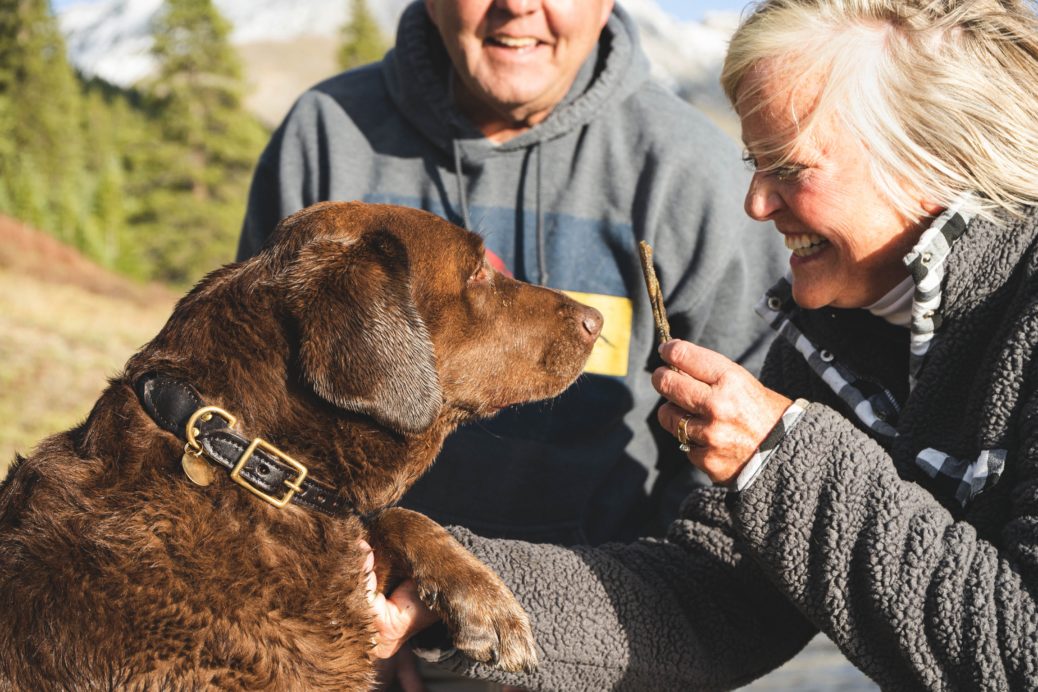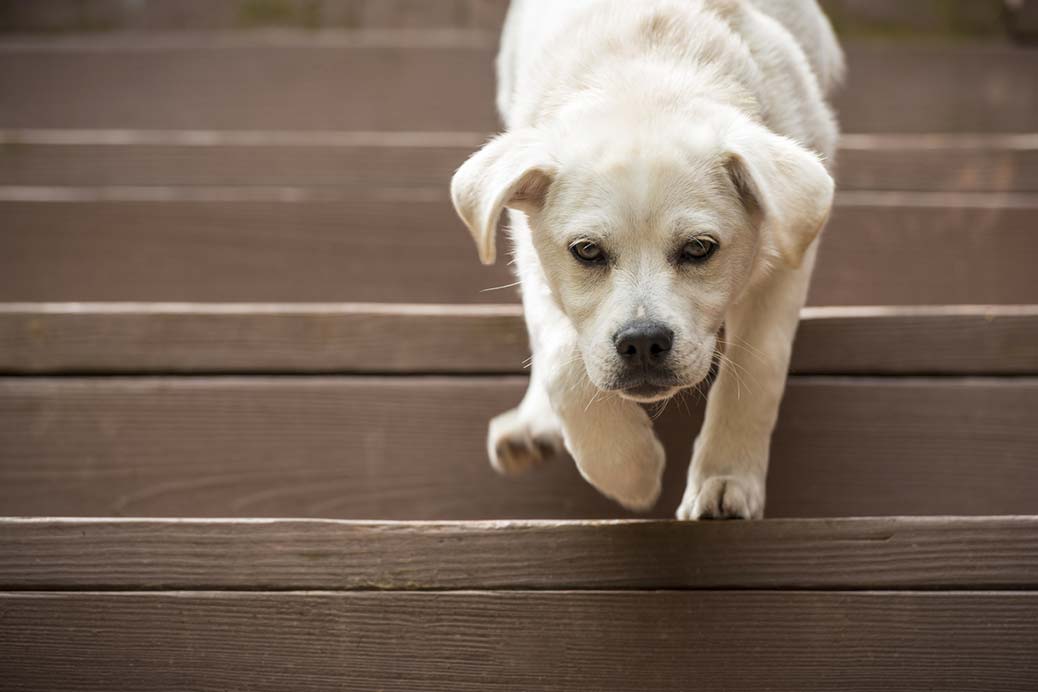SHOW ME THE MONEY: WHY YOUR DOG DOESN’T LISTEN, UNLESS YOU’RE HOLDING FOOD
By: Dr. Jen Summerfield
Today, I want to talk about one of the most common struggles I see with my behavior clients and their dogs. Often, they’ve been through a basic obedience class or two, and their pup has learned a few skills. But when they try to apply them in real life, they quickly run into a road block:
“Buster is so stubborn! He only listens if I have a treat.”
Or, more broadly in casual conversations or online discussions:
“You know, that’s the problem with positive training. Unless you have food in your hand, forget it! The dog won’t do anything you say.”
******
First, let me say that I can absolutely sympathize with the frustration many dog owners feel about this! It’s aggravating to put in the time and effort of attending a weekly class, or setting aside training time at home, only to feel like you haven’t made any kind of useful progress at getting your dog to listen.
In class, with a piece of cheese in your hand? Sure! But anyplace else, outside of an obvious training context… nothing.
It’s the kind of thing that gives reward-based training a bad name, which is unfortunate. And sadly, it’s all too common.
But, here’s the good news.
It’s easy to avoid! And if your dog already has “show me the money!” syndrome, it’s also pretty darned easy to fix. 😊
******
So first, let’s take a look at why this problem is so common.
Oftentimes, the progression of training a skill like “sit” goes something like this:
We use a treat to lure the dog into a sitting position -> praise and reward. So far, so good! In class, with hot dog slices or pieces of chicken, the dog sits beautifully.
The dog knows the behavior now… right? Time to start using it in daily life!
Now, we start asking the dog to sit at random times around the house, or outside on a walk. No treats are forthcoming. Before long, the dog completely ignores us.
But in class, those sits are still looking great!
So what gives?
In fact, when we approach training this way, we inadvertently teach our dogs that it only pays to listen if they see the treats up front. They’re not being stubborn or willful – they’re just doing what makes sense, given the contingencies we’ve taught them.
Look at it from the dog’s perspective:
Scenario 1: Mom (or dad) has treats in her hand. She cues “sit!” -> dog sits, and gets a reward.
Scenario 2: No treats visible. Mom cues “sit!” -> dogs sits, and gets nothing.
Those are the only two scenarios the dog has ever seen. If treats are visible beforehand, he gets a reward 100% of the time. So of course, he complies! But if NO treats are visible, he gets a reward 0% of the time.
So why bother sitting, in that case?
When we train this way, we’re skipping a critical step in the process: teaching the dog that a reward is still available, even if he doesn’t see it up front!
To avoid this problem, we need to fill in the gap.
Once your dog has learned to sit with a food lure and hand signal, try putting the treats in your pocket, or on a table nearby – and cue the sit again. He may look confused at first. This is normal! If he needs help, try luring him into a sit with the same hand motion you were using before.
When he finally sits, praise and GIVE A TREAT from your pocket, or the nearby bag on the table.
Once he’s got the hang of things, try randomly asking for a sit around the house, outside of a formal training session. Again, help your pup with a hand signal if you need to. When he sits, tell him he’s brilliant and surprise him with a treat! To make this easier, I normally recommend keeping a few shelf-stable snacks in your pocket, or stashing bags strategically around the house for easy access whenever you need them.
Eventually, you’ll be able to start skipping the treats every now and then, or substituting other “life rewards” for compliance when your dog does what you ask – things like going out the door for a walk, or putting down his dinner bowl, or being released to hop out of the car at the park. But don’t rush this. For quite a while, focus on convincing your dog that you always come through with a reward… even if he doesn’t see one.
What does the finished product of this kind of training look like, you might ask?
With my own dogs, I do try to keep some treats handy most of the time in case I want to grab them for a quick reward. So if we’re out for a walk, and my dog snatches a piece of trash from the gutter, I can say “drop it!” – then reward with a snack from my coat pocket when he eagerly spits it out. I don’t need to rustle a treat bag to get his attention, or wave a piece of cheese under his nose. He trusts that when I ask him to “drop it,” I’ll come through with something better.
And if I don’t, on occasion – it’s no big deal. We have enough trust built up that he’ll still listen, next time.
The same is true for other important life skills. My boys can sit and stay, load up politely in the car, and come back when I call them. If I’ve asked them to do something difficult and I have treats handy, I’ll give a reward. But they never know ahead of time whether they’ll get something or not – and that’s why they always (or almost always!) listen.
There’s nothing magic about any of this, and it doesn’t take any particular skill on the part of the trainer – it’s just the science of behavior at work!
So if your dog ignores you unless there’s a treat in your hand, don’t despair. He’s not being stubborn, or naughty. You just need to help him understand that it’s worth his while to pay attention.






